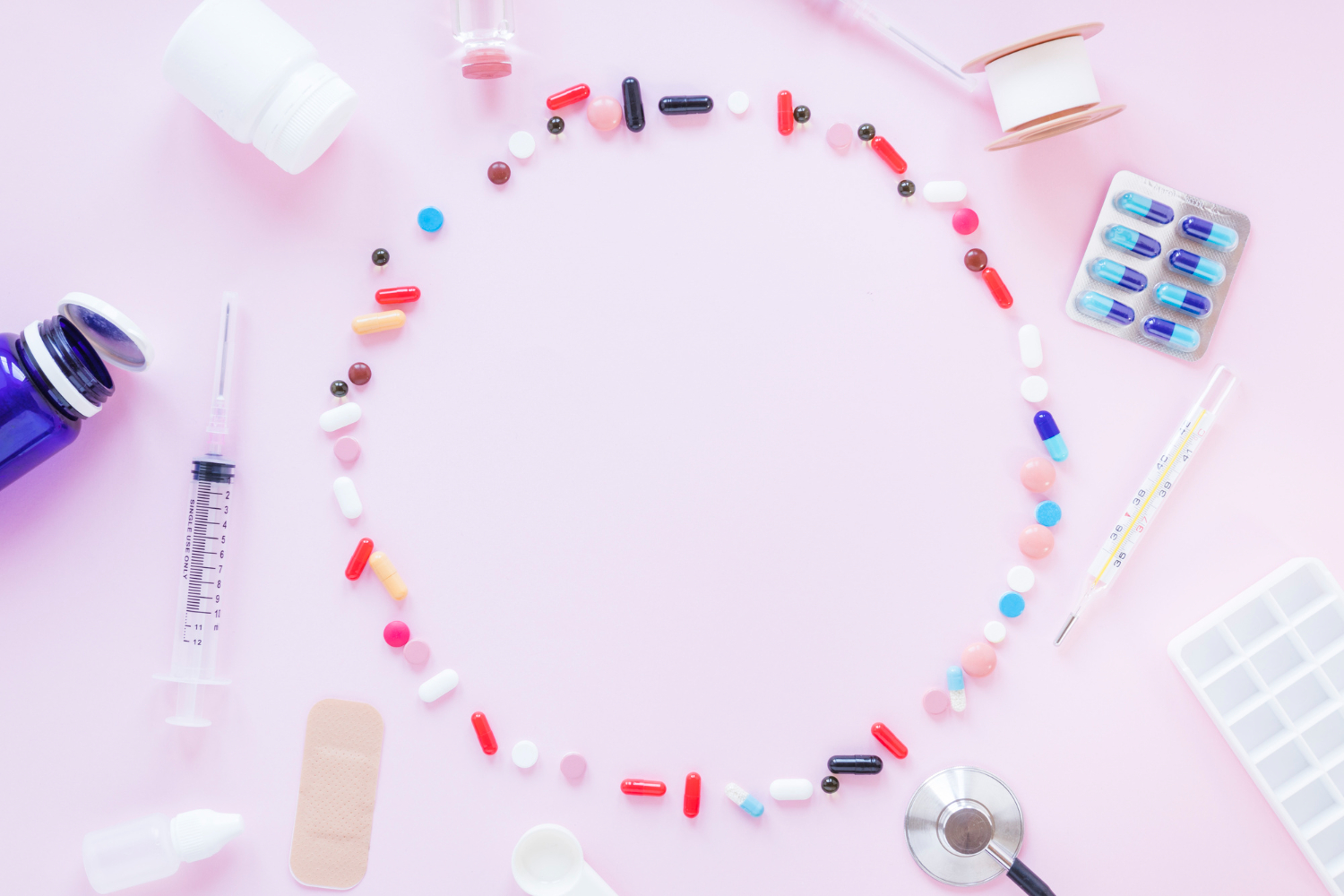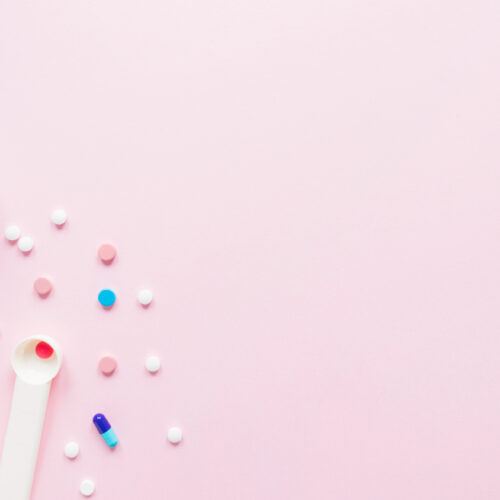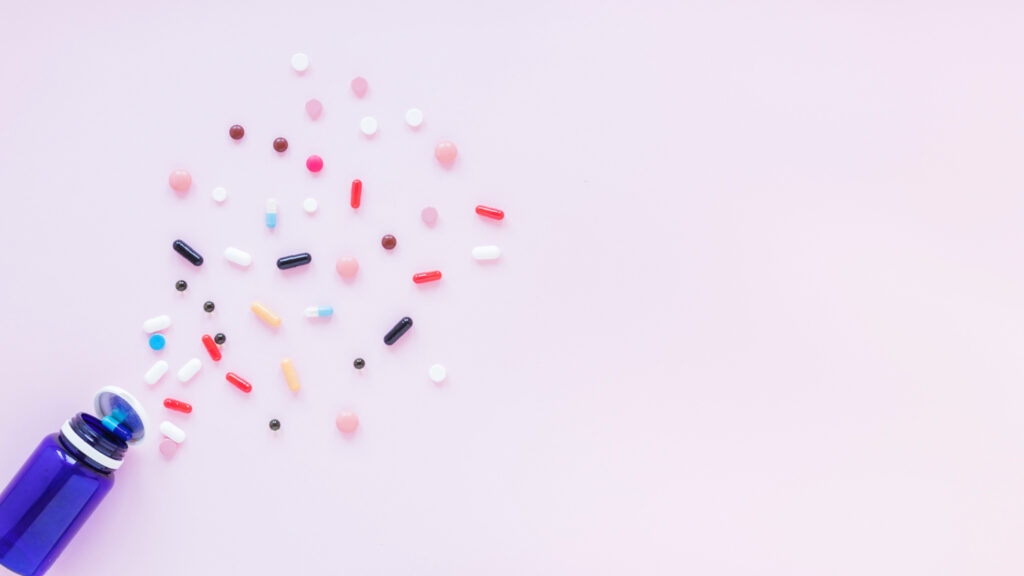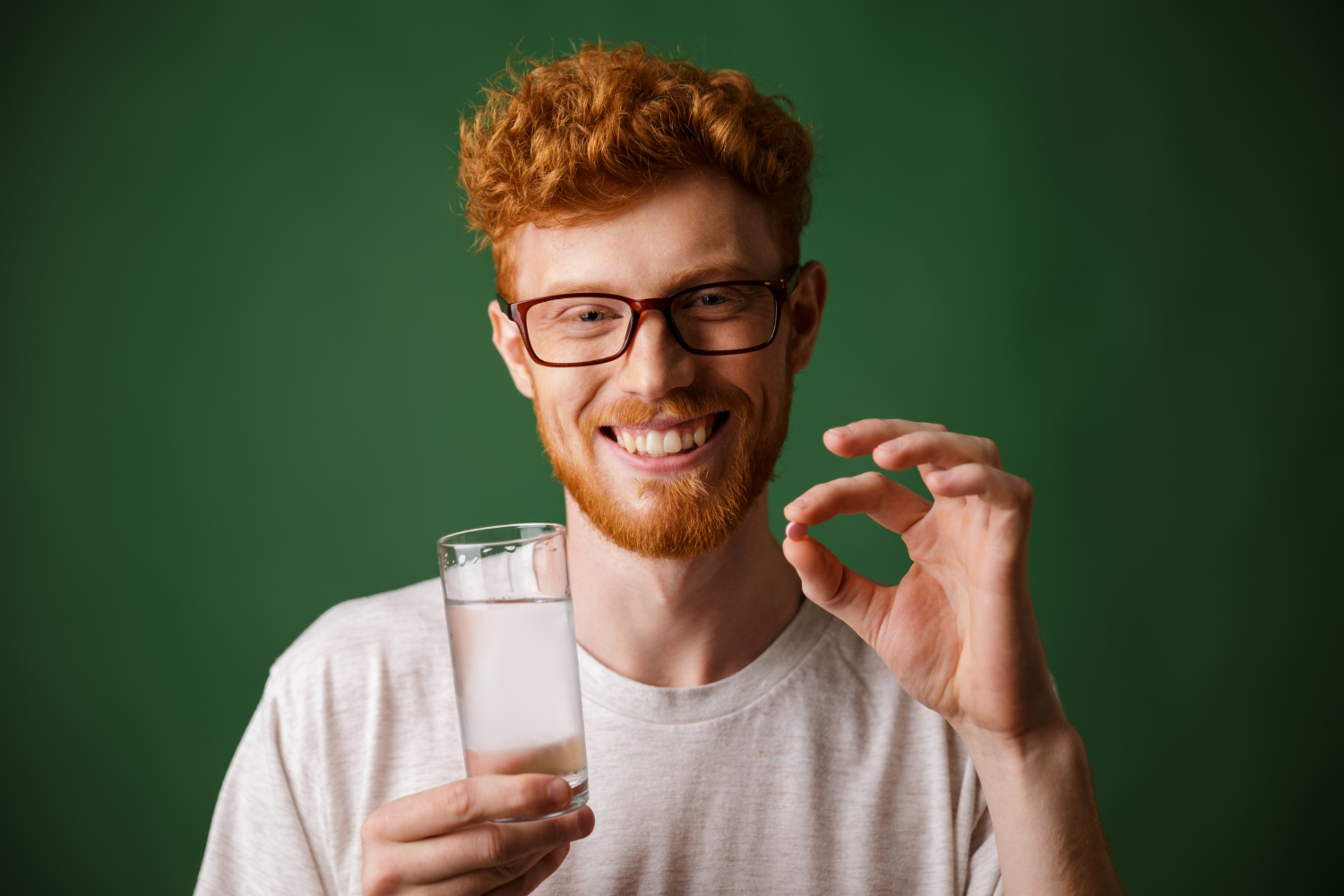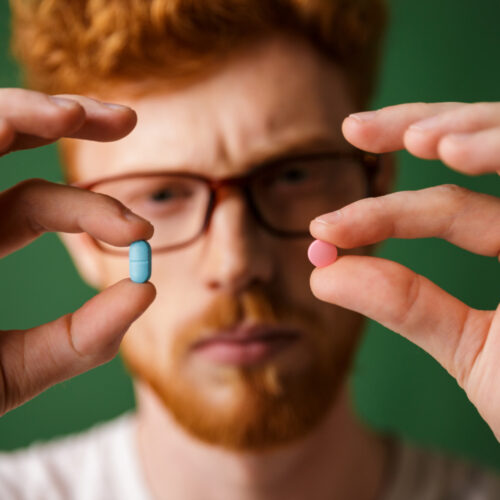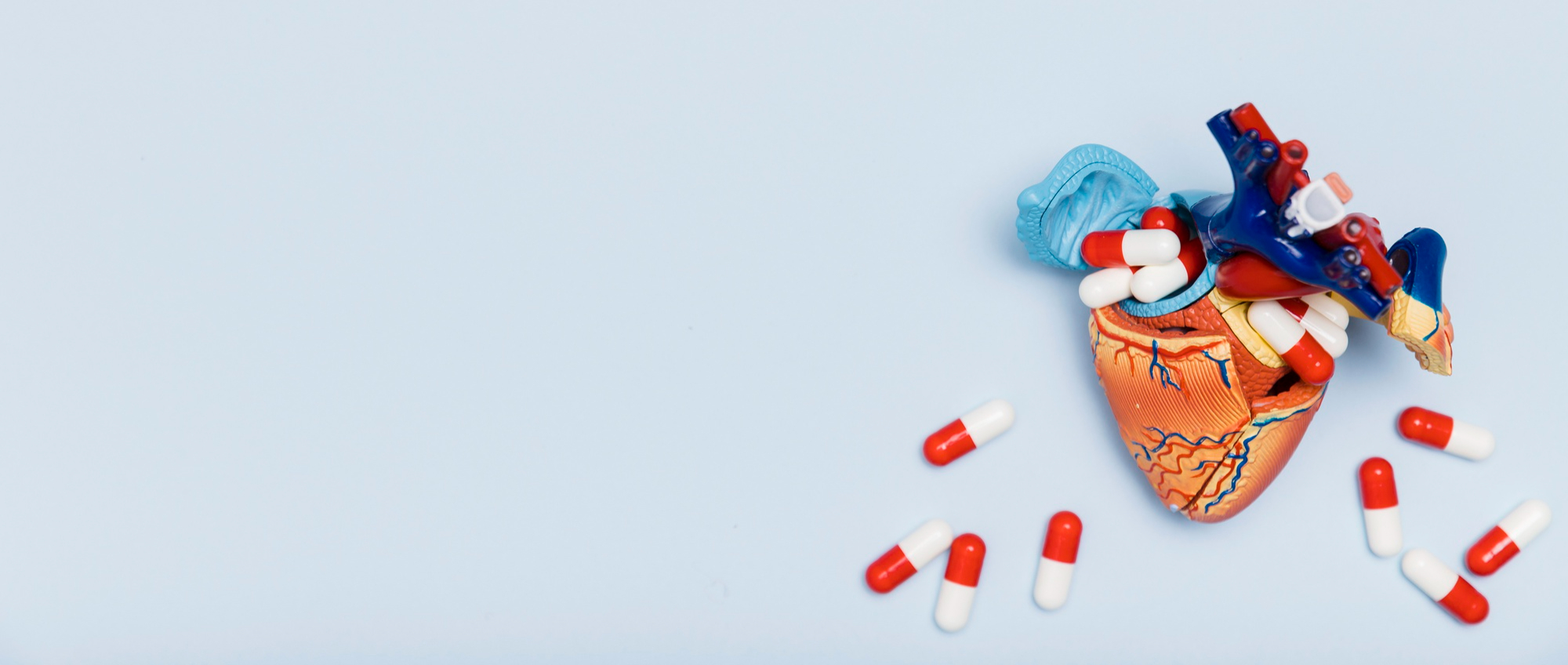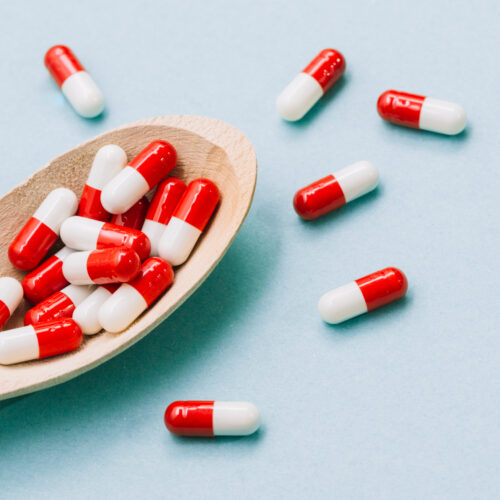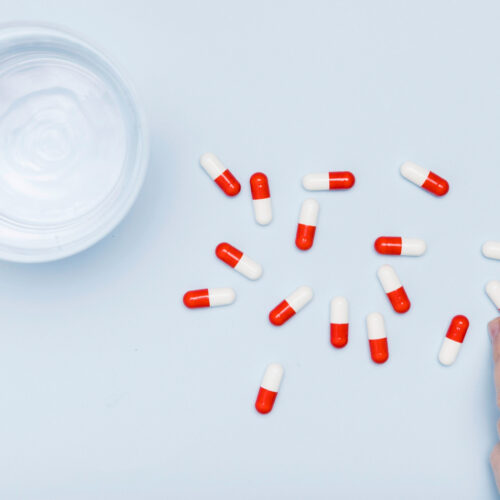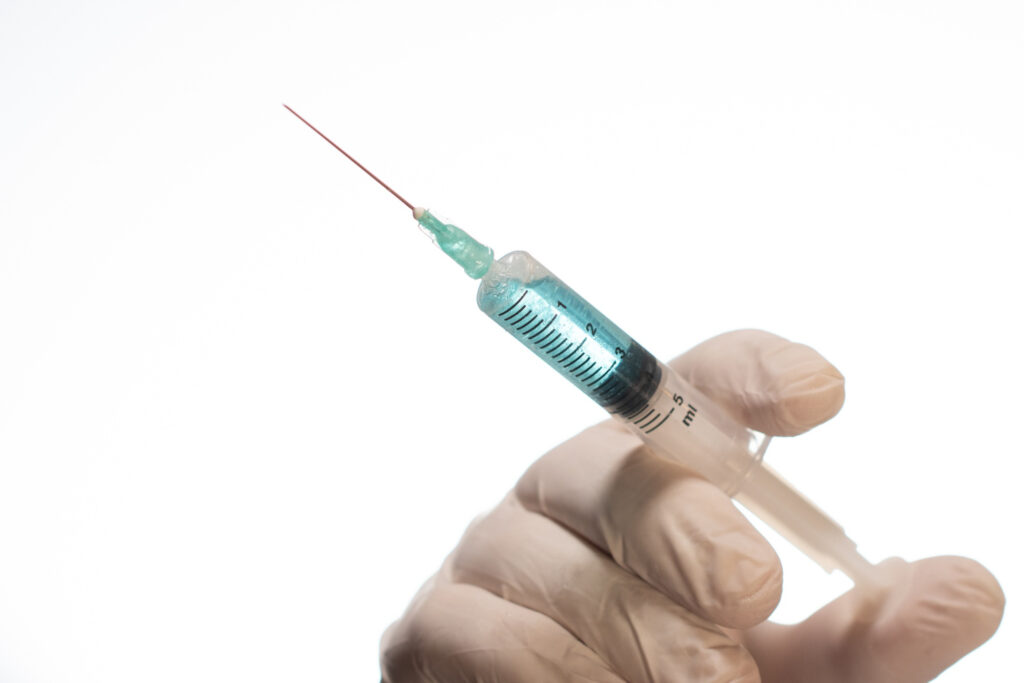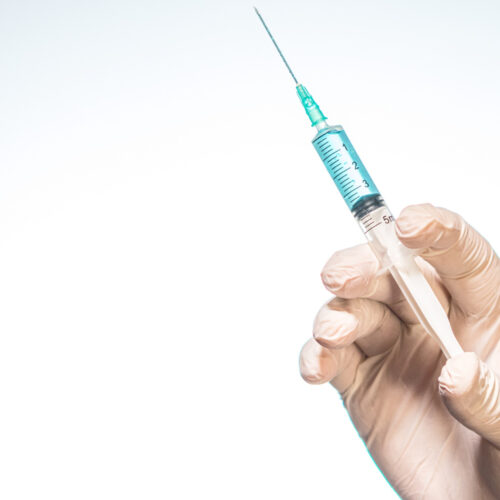The cause of male genital cap ulcers
A wound appearing on the male genital cap requires medical attention because it represents a severe condition. Scarring of the male genital cap develops because of sexually transmitted infections, skin diseases and allergies as well as physical injuries. Men tend to dismiss their genital ulcers because of shame and doctor-avoidance yet these avoidances can trigger more critical consequences. This article evaluates male genital cap ulcer causes together with diagnosis steps and treatment approaches and prevention methods. Knowledge about these factors will enable you to take appropriate actions for maintaining your health throughout such issues.
Infectious causes of genital cap ulcers
Genital ulcers appear as a result of different types of infections. The transmission of infections that lead to genital ulcers happens either through sexual contact or reason that is independent of sex. We will investigate these elements in the following text.
1- Sexually transmitted infections (STIs)
Genital ulcers emerge from sexually transmitted infections which stand as major infection-related causes of this condition. Some of the most common are:
- Genital herpes HSV-1 and HSV-2
The virus travels between sexual partners to generate initial blisters and develop afterward into skin sores that become painful for affected individuals. Genital herpes manifests through skin symptoms including burning sensations together with itching sensations and can also initiate fever and weak general health.
- Syphilis
The sexually transmitted disease produces painless sores which first appear on the penis when it starts. Medical attention avoids the disease from advancing into other body regions which results in severe health complications.
- Shankroid
Bacteria cause genital sores with painful discharges which occur in the genital region. Swollen lymph nodes are the main characteristic indicator of this condition.
2- Non-sexually transmitted infections
Bacterial or fungal overgrowths in the genital region lead to sores which are not sexually transmitted. Some of these include:
- Bacterial balanitis
An inflammation and infection affect the genital cap primarily affects men who are uncircumcised. The genital area displays symptoms as redness together with swelling and short-lived skin injuries appear on the surface.
- Fungal infections (genital candidiasis)
A key symptom of fungal overgrowth called Candida leads to genital cap inflammation together with sores and itching and sometimes causes small superficial lesions in the area. Infections of this type occur more frequently among diabetic patients and those with weakened immune capacities.
Non-infectious causes of genital ulcers
The genital cap can develop scarring because of both infectious and non-infectious agents. Three primary causes that lead to genital cap scarring are allergic reactions and autoimmune diseases together with physical injuries.
1- Allergies and allergic reactions
The allergy to particular substances leads patients to experience inflammation along with itching before developing severe ulcers. These include:
- Excessive skin irritation together with dryness occurs when using detergents or scented soaps.
- Latex condoms represent a material that triggers allergic reactions in certain individuals.
- Spermicides together with lubricating gels frequently lead to inflammation and skin irritations.
2- Autoimmune and skin diseases
Genital ulcers emerge when certain autoimmune diseases join skin problems in the body. These include:
- Lichen planus
As an inflammatory disease red lesions alongside painful sores develop on the skin surface which extends to such areas as the genital region.
- Behçet’s disease
Autoimmune disease resulting in genital ulcers and affecting eye and mouth tissue and causing systemic issues.
- Genital psoriasis
The genital skin condition generates redness and promotes skin itching while causing the tissue to split apart.
3- Physical Injuries and Mechanical Irritations
Genital ulcers sometimes emerge when mechanical wounds or physical injuries affect the genital region, including:
- Rough sexual activity or masturbation activities trigger abrasions along with scarring on genital cap tissue which has sensitive skin.
- The improper use of tight clothes creates both friction and skin irritation due to improper fit.
Understanding such contributors helps you avoid genital ulcers and immediately seek treatment upon their appearance.

Warning signs and when to see a doctor
It remains crucial to detect genital ulcers early since individual conditions might represent hidden serious medical issues. The following section explains when warning signs along with symptoms demand prompt medical attention.
1- The difference between dangerous and harmless wounds
Such genital ulcers usually result from dermatological sensitivities which heal naturally through themselves. Medical attention is required for genital ulcers which show one of these warning symptoms.
- The presence of severe pain or abnormal irritation.
- A healthcare provider must note purulent discharge along with bleeding which occurs through the wound.
- A wound’s duration exceeding two weeks constitutes a sign.
- The presence of itching and fever together with body weakness as well as swollen lymph nodes indicates the wound.
- Sores appear after engaging in unprotected sexual activities.
2- When should you see a doctor?
It is necessary to see a doctor if:
- The healthcare provider may need further consultation regarding such statements when ulcers resurface with regularity or demonstrate poor healing capacity.
- Check for blisters together with extensive redness and severe swelling in addition to the ulcer.
- Additional symptoms should be checked which include both pain while urinating and unusual discharge with an unpleasant smell.
- The healing rate of wounds may be slowed down by diabetes or autoimmune disorders which affect the individual.
Methods of diagnosing genital cap ulcers
A doctor utilizes different evaluation approaches to properly identify the source behind genital ulcers. A doctor examines patients through physical assessments and conducts microscopic examinations of the wound along with performing biological tests to reach proper diagnoses.
1- Clinical examination by the doctor
A medical examination of genital tissue begins diagnosis under the care of urologists or specialists in infectious diseases. The doctor checks for different diseases by looking at the wound appearance and measuring inflammation severity together with the presence of additional symptoms.
2- Diagnostic tests
In some cases, your doctor will use the following tests to make a more accurate diagnosis:
- Culture of wound secretions
A tester detects bacterial, fungal and viral infections with this procedure.
- PCR Test
Medical professionals use this diagnostic method as one of the most precise strategies to detect herpes and syphilis viruses.
- Blood tests
Patients who might have syphilis or autoimmune diseases should undergo blood tests according to medical recommendations.
- Wound Biopsy
Wound tissue sampling takes place only when doctors need to examine chronic skin conditions or identify potential lumps.

Treatment and management of genital ulcers
Genital ulcer treatment requires identification of their primary source because treatments differ according to their original cause. The healing process of these wounds requires either basic care or needs medical intervention and medical check-ups. The subsequent section of this work evaluates treatments according to their classifications of wounds.
1- Pharmacological treatment
If the genital ulcer is caused by an infection, your doctor may prescribe the following medications:
- Antibiotics
The medical treatment for bacterial infections including syphilis and shancroids requires the use of penicillin-based antibiotics or azithromycin which must be taken through oral or injectable delivery.
- Antiviral drugs
Medications called acyclovir together with valacyclovir and famiciclovir assist patients who have genital herpes by decreasing disease severity and duration.
- Antifungal drugs
Medical treatment with clotrimazole or fluconazole or topical or oral antifungal medications will be provided to patients who have a fungal infection causing their ulcer.
- Anti-inflammatory drugs and corticosteroids
Suggested treatment includes topical or systemic corticosteroids when the ulcer develops from autoimmune or skin disorders including lichen planus and psoriasis.
2- Home care and personal hygiene
In addition to medications, following health and care tips can speed up the healing process:
- Maintaining genital hygiene
Reducing inflammation becomes possible by rinsing the affected area with lukewarm water alongside using soap which should be without scent.
- Avoid irritating wounds
The inflammation becomes worse whenever one touches or scratches wounds which results in the potential spread of infection.
- Using cotton and loose clothes
The healing time for wounds is longer when individuals wear tight or plastic garments since these items trap moisture and produce skin irritation.
- Abstaining from sex until full recovery
Do not engage in sexual activity when you have ulcers as it prevents infection spread and condition complication.
- Boosting the immune system
A strong immune system emerges from eating healthy food combined with regular exercise together with stress reduction which speeds up wound recovery time.
3- Prevention methods and protective measures
Preventing genital ulcers requires you to implement the following essential prevention strategies.
- Avoiding high-risk, multi-partner sex
- Maintaining cleanliness through personal hygiene together with drying the genital area constitutes an essential part of prevention.
- Protecting yourself from sexually transmitted infections through condom usage during sex acts serves as important prevention.
- Regular medical examinations should be performed to discover diseases at an early stage.
Final Thoughts
Medical professionals should never dismiss male genital ulcers because these sores indicate critical issues that need immediate medical attention. Obtaining early diagnosis and proper medical care will stop the development of long-term medical complications. People who experience genital ulcers must seek immediate medical attention from their doctor and should implement proper treatment and care procedures. Keeping yourself clean and infection-free while watching for potential risk factors will ensure overall wellness including sexual wellness.
Resources



